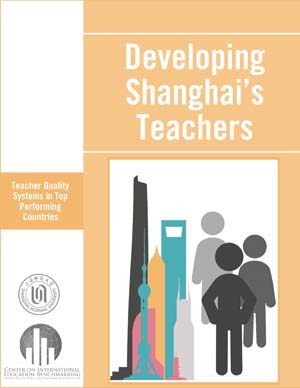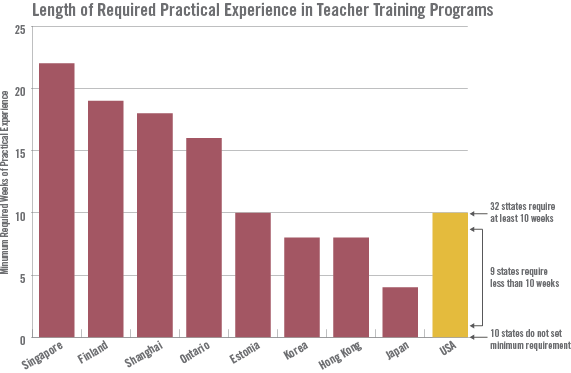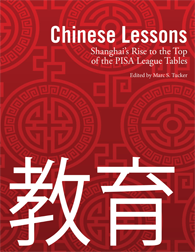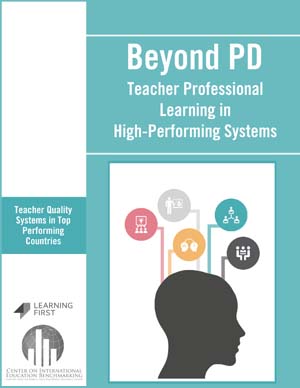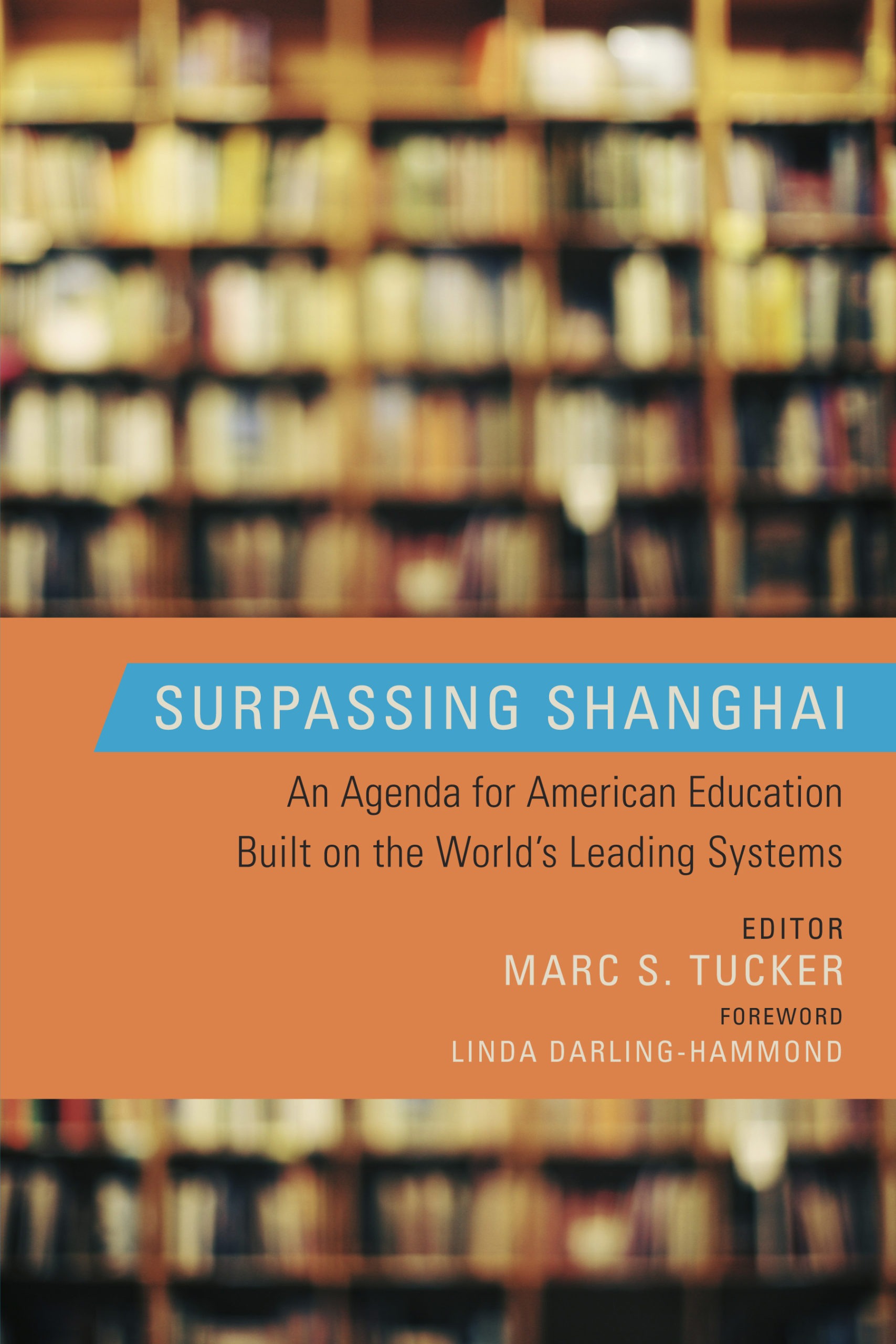This report from former Shanghai Normal University President and Shanghai Education Commission Deputy Director Minxuan Zhang, offers an insider’s perspective into the world-leading Shanghai education system.
Michael Day, Director of the School of Education at the University of Roehampton in London, discusses "learning rounds" for teacher education students—structured school visits where students observe and learn from practicing teachers, inspired by medical residency models.
Top-performing systems provide new teachers with structured mentorship from experienced educators to ensure continuous professional learning from day one.
Top-performing education systems require significantly longer and more structured classroom practicum experiences with expert mentorship for teacher candidates, compared to the inconsistent and often shorter requirements across U.S. states.
Top education systems select school leaders from among the very best teachers, providing strong mentorship support as they progress in their careers.
Top-performing education systems require aspiring principals to have teaching experience, leadership qualifications, and often leadership training programs.
Professional environments for teachers require competitive salaries, career progression, mentorship, and collaborative learning opportunities—resulting in high retention and stronger student outcomes.
The New Zealand Initiative calls for elevating teaching through rigorous training, career pathways, and professional collaboration to address declining student performance and inequality.
This compilation of interviews with top Chinese education leaders and international researchers explores some of the policies and practices behind Shanghai’s outstanding performance on PISA 2009 and PISA 2012.
From leading Australian researcher Ben Jensen, this report analyzes the way four high-performing systems provide professional learning to their teachers.
An in depth look at the education systems that are leading the world in student performance to find out what strategies are working and how they might apply to the United States, this book provides a series of answers to the question of how the United States can compete with the world’s best.
This volume combines an analysis of PISA with a description of the policies and practices of those education systems that are close to the top or advancing rapidly, in order to offer insights for policy from their reform trajectories.

